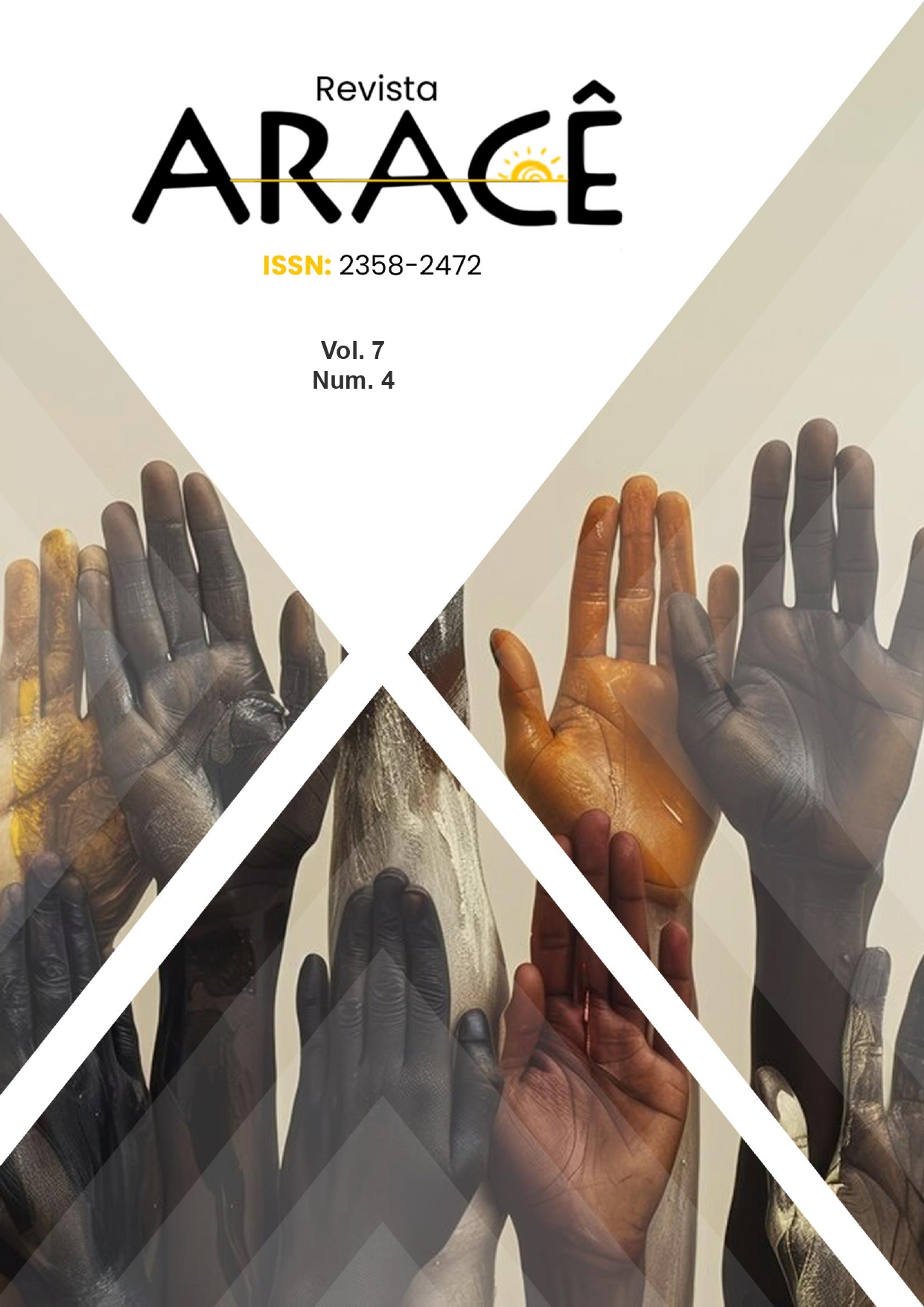NEM POLÍCIA NEM DELÍRIOS: O USO MEDICINAL DA CANNABIS SATIVA
DOI:
https://doi.org/10.56238/arev7n4-134Palavras-chave:
Cannabis Sativa, Canabidiol, Psicoativos, Guerra às drogasResumo
Nosso trabalho de pesquisa busca problematizar o uso da Cannabis sativa como medicamento. Ao longo do tempo e devido à região geográfica, ela recebeu vários nomes, tais como: maconha, maria joana, pito de pango, diamba entre outros. Os nomes podem ser diferentes; contudo, os discursos médicos e jurídicos foram se apropriando da sua manipulação, uso e exposição, até chegarmos à primeira lei de drogas no Brasil, em 1921, como registra Silva (2010). Iniciava-se não somente uma guerra no campo do discurso sobre a alteração da consciência por substâncias psicoativas; iniciava-se um processo de polícia de costumes (Silva, 2010; 2015) que colateralmente criminalizou a substância e os indivíduos que dela faziam uso em diferentes circunstâncias. Realizamos uma revisão bibliográfica de artigos publicados por médicos para conhecer o debate atual sobre o uso da Cannabis sativa como medicamento. Nossa principal fonte de pesquisa foi o Relatório para Recomendações de Medicamentos e Tecnologias, lançado em fevereiro de 2021, elaborado pela Comissão Nacional de Incorporação de Tecnologias (Conitec) no SUS. Essa comissão do Ministério de Saúde reúne diversos setores do ministério, as secretarias municipais de saúde e a Agência Nacional de Vigilância Sanitária (Anvisa). Embora o Relatório não vetasse o uso em crianças e adolescentes refratários a outros medicamentos antiepiléticos, um dos indicadores indicava a redução de crises em indivíduos portadores de outras síndromes. Como a classe trabalhadora pagaria a consulta médica e o medicamento? Para conhecer o longo percurso da história das drogas, dialogamos com Caneiro (2018), que discute o proibicionismo; Bensimon (2017), que mostra a luta dos indivíduos, que pacientemente precisavam fazer uso medicinal, não conseguiam e foram criminalizados; Hari (2018), que apresenta um horizonte mais amplo da guerra às drogas, a dificuldade de realizar pesquisa e o corte racial; Torcato (2014), que fala dos esforços norte-americanos para conter o consumo do álcool e do movimento da Temperança; Zaccone D`Elia Filho (2008), que mostra a criminalização do fármaco e o combate às drogas, sobretudo nas classes populares. Terminamos nosso trabalho apresentando a política de redução de danos, com base no texto de Alarcon (2012). Como resultados, nosso trabalho informa a possibilidade de uso medicinal do canabidiol; todavia, nem todos os indivíduos podem fazer uso da mesma forma, mais uma vez apresentando a desigualdade social endêmica no Brasil.





